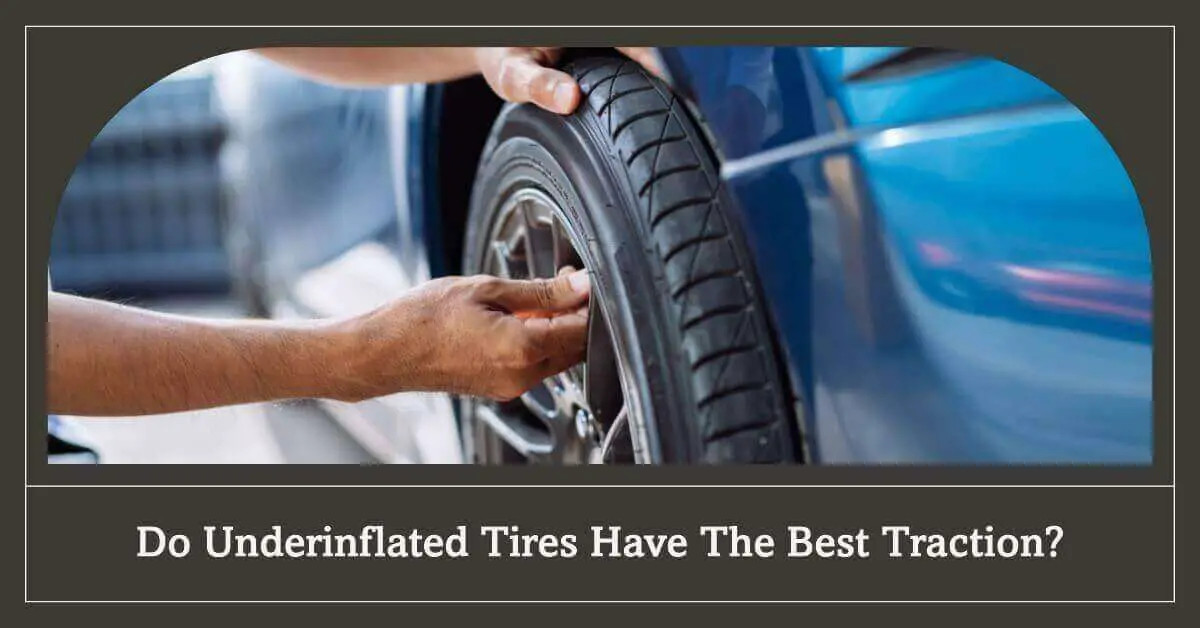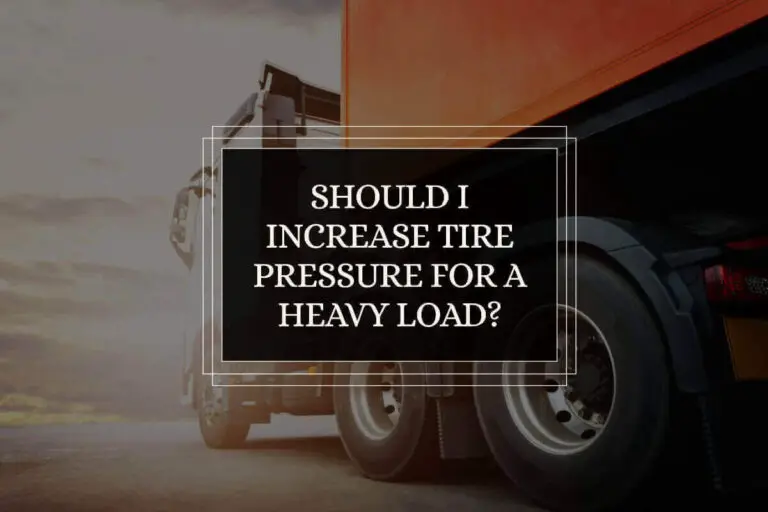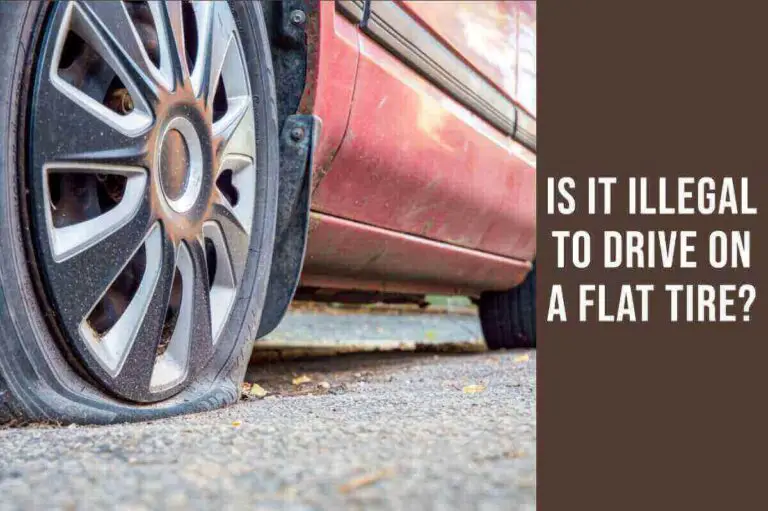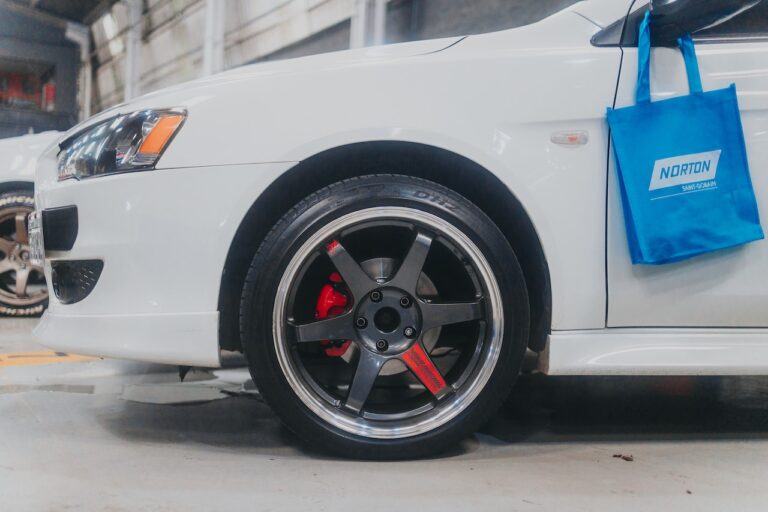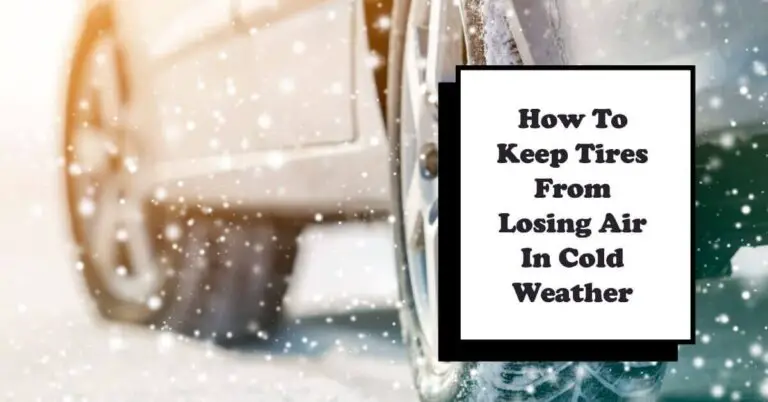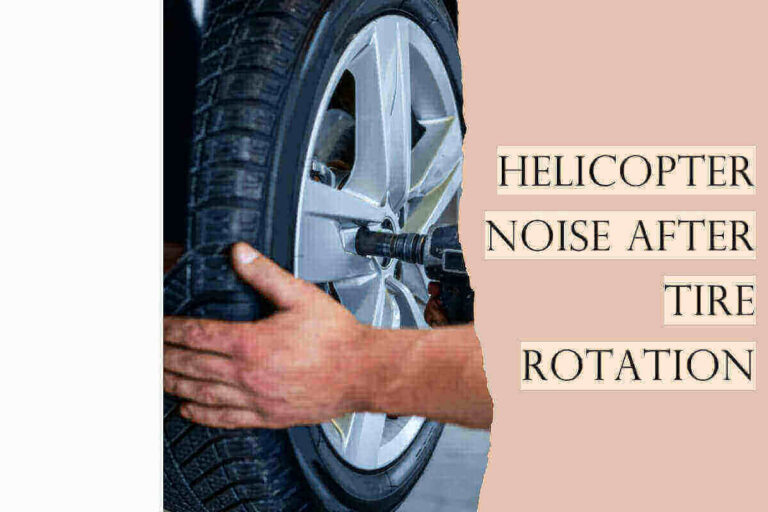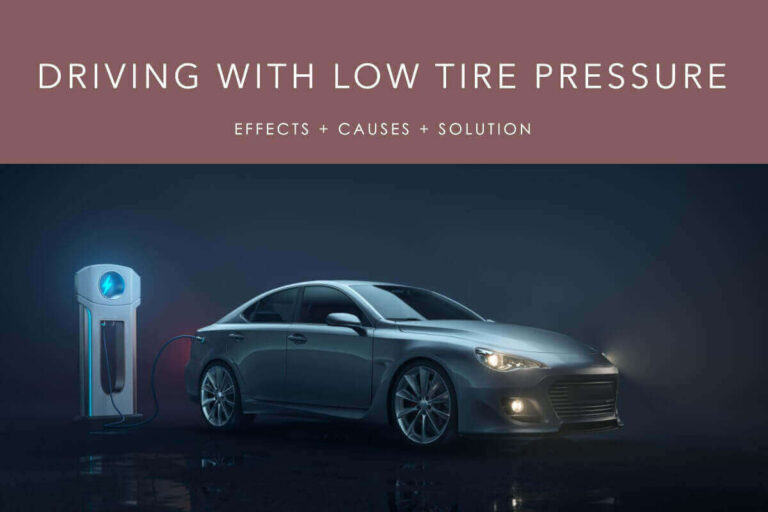Tires are one of the most important safety features on a vehicle. They provide traction and grip on the road, which is essential for safe driving. However, many drivers need to realize that tires can become underinflated over time, leading to decreased traction and an increased risk of accidents.
It is a common belief that underinflated tires have the best traction, but is this true? Let’s take a closer look.
Do Underinflated Tires Have the Best Traction
Do you know how much air should be in your car tires? If you don’t, you’re not alone. According to a recent study, 53% of drivers need to learn how to properly check and inflate their tires. It can be a serious problem, as underinflated tires can have disastrous consequences. They can cause decreased fuel efficiency, increased wear and tear on the tires, and, most importantly, decreased traction.
To make sure your tires are properly inflated, you should check them frequently. You can do this by using a tire pressure gauge or visiting a local service station. If your tires are underinflated, be sure to inflate them to the proper level as soon as possible.
Driving on underinflated tires is dangerous and can put you at risk of an accident. But Underinflated tires can be especially useful only in wet or icy conditions.
The Dangers of Underinflated Tires
Tire pressure is something that drivers often overlook. There are some of the dangers of underinflated tires given below:
1. Can cause premature wear
Tires that are not properly inflated can cause several problems for drivers. One of the most serious problems is premature wear. Tires not inflated to the proper pressure can wear down much faster than properly inflated ones.
Not only does driving on underinflated tires decrease your vehicle’s performance, but it also puts unnecessary stress on the tire itself. It might result in the treads wearing out too quickly and finally blowing out.
2. Reduced fuel efficiency
One of the most crucial elements in maintaining maximum fuel efficiency is tire pressure. When tires are underinflated, they not only wear down quicker, but they also require more energy to keep them rolling.
It reduces fuel efficiency, and underinflated tires can also lead to decreased traction and stability. This is especially true when the road surface is slick in wet or icy conditions. So if you’re looking to get the most out of your gas mileage and maintain a safe driving experience, be sure to keep your tires properly inflated.
3. Increased friction
Underinflated tires can cause increased friction, which can lead to tire overheating. It can be a serious problem, as it can cause the tire to fail and the vehicle to lose control. If you are driving on underinflated tires, keep an eye on the temperature of the tires and stop if they start to overheat.
4. Decreased handling
While underinflated tires may have the best traction, decreased handling is a serious safety concern. Tires that are not properly inflated can cause a loss of control while driving, which can lead to accidents. It’s crucial to frequently check your tire pressure and make sure it’s set correctly. Consult your owner’s manual or a professional at a tire shop if you need assistance doing this.
We get the answer about Do underinflated tires have the best traction, keep in mind the dangers of underinflated tires during driving.
How to Check Tire Pressure
It’s important to keep your tires properly inflated. Not only does it improve your gas mileage, but it also helps with traction. Here’s how to check your tire pressure:
- Check the air pressure in your tires with a tire gauge at least once every month.
- Your car’s owner’s manual or a placard inside the driver’s door should have the recommended tire pressure.
- You can typically find a tire gauge at a gas station or an auto parts store if you don’t already have one.
- To check the pressure, unscrew the valve stem cover from your tire and press the pressure gauge against it.
- You should do this when the tires are cold since driving will heat up the air inside and give you an inaccurate reading.
- Check the pressure in all four tires, including the spare.
- If you discover a tire is significantly under-inflated, bring it to your dealership immediately.
Why Traction Matters
Traction is important for a number of reasons. The three main reasons are given below:
1. Braking
Most drivers need to realize that underinflated tires can also lead to longer braking distances and increased stopping time. Good traction is essential for braking, and underinflated tires can reduce a driver’s ability to stop quickly. When brakes are applied, the weight of the vehicle is transferred to the front wheels. If the front tires don’t have good traction, the vehicle will take longer to stop.
2. Turning
Underinflated tires do not have the best traction. Good traction is essential for turning. When turning, the car’s weight is transferred to the outside tires. The transfer of weight can cause the outside tires to lose traction. To avoid this, you should inflate your tires to the proper pressure.
3. Accelerating
Underinflated tires can cause you to lose control of your car. It is essential to have good traction when accelerating, so you can avoid any dangerous situations. Make sure to check your tire pressure regularly and inflate them accordingly. It will help you stay safe on the roads and avoid any accidents.
The Benefits of Properly Inflated Tires
Most people think properly inflated tires are only important for fuel economy. However, there are other benefits to keeping your tires at the proper pressure, which are given below:
1. Smoother & Safety Ride
Proper tire inflation is essential to keeping your car running smoothly and safely. To keep your car running smoothly, it is important to regularly check the pressure in your tires. Properly inflated tires will help extend the life of your tires and give you a smoother ride.
2. Better Fuel Economy
It is true that underinflated tires can lead to decreased fuel economy. It is because they create more resistance on the road, which causes your engine to work harder and use more fuel. However, overinflated tires can also be detrimental to your fuel economy. When your tires are overinflated, they tend to bounce on the road, which also causes your engine to work harder and use more fuel.
3. Improved Cornering
Cornering is all about grip and traction, two things that underinflated tires don’t have in abundance. When turning at high speeds, you need all the grip and traction you can get to keep your car from sliding off the road. With underinflated tires, you’re more likely to lose control and end up in a ditch.
Safety Precautions against Underinflated Tires
When it comes to traction, underinflated tires are not the best option. In fact, they can be quite dangerous. Here are some safety precautions to take when using underinflated tires:
- Make sure the tire is properly inflated before you start driving.
- Do not overload the vehicle.
- Avoid sharp turns and sudden stops.
- Take extra care when driving on wet or icy roads.
- Be aware of the effects of high speed and hot weather on underinflated tires.
- Inspect the tires regularly for signs of wear and tear.
- If you have any doubts about the safety of your tires, consult a professional mechanic.
The above points are just a few of the safety precautions you can take with underinflated tires. Be sure to check your owner’s manual for more information on this issue.
Conclusion – Do Underinflated Tires Have the Best Traction
Tires are an essential part of a car’s traction. They provide the grip that helps a car accelerate, brake, and turn. Underinflated tires can negatively affect a car’s traction. When a tire is underinflated, it also doesn’t contact the ground. It can cause the car to slip and skid, especially on wet or icy roads.
It’s important to check your tires’ pressure regularly and inflate them to the recommended level. It will help ensure that your car has the best possible traction.
FAQs
Do underinflated tires have less traction?
Yes, underinflated tires have less traction. It is because the tire’s contact patch with the ground is reduced, which means there is less surface area for the tire to grip onto.
How do underinflated tires affect traction?
Underinflated tires can have a significant effect on traction. They can cause the tire to overheat, leading to a loss of grip and a blowout. They can also cause the tread to wear down prematurely.
Is low tire pressure better for grip?
Yes, low tire pressure can provide a better grip on the road. It is because the tires have more contact with the ground, which gives you more traction. However, you need to be careful not to go too low, as this can cause the tires to overheat and wear out more quickly.
Are softer tires more grippy?
Softer tires are definitely more grippy than harder tires. It is because softer tires have more contact with the ground, providing more traction. Harder tires tend to slip and slide more on the road, which can be dangerous.
Is it better to have less air in tires during winter?
Yes, it is better to have less air in your tires during winter. It helps to improve traction on icy and snowy roads.
What tire pressure is the correct tire pressure?
There is no one “correct” tire pressure, as it can vary depending on your vehicle type and tires. However, keeping your tires inflated to the manufacturer’s suggested pressure levels is generally recommended. This information can usually be found on a sticker inside the driver’s door or in the owner’s manual.

